You want to increase your rankings on Google.
And I don’t blame you.
SEO is a great way to increase your passive traffic generation and quickly build your business.
In fact, the higher position that you claim on the SERP, the more clicks you’ll receive. And that’s true across the board.
But, as with many marketing ideas, actually doing a good job of increasing your rankings is easier to say than to do.
In other words, it’s one thing to try and increase your rankings. It’s quite another thing to actually succeed at it.
There’s a big difference between doing SEO and doing the right SEO.
After all, loads of different tactics exist for trying to increase your rankings.
Some work. Some work better. And some will work for one business and not another.
Everyone’s business is different. That means that their SEO strategies should adapt to those differences.
Of course, I don’t want to leave you with that terribly unhelpful advice: Find the right SEO strategy and do that.
Instead, I’m going to help you with some specifics.
One of the best ways to determine which SEO strategies you should use and which you shouldn’t is to run consistent experiments.
That’s true for the past few years.
But first, let’s talk about what a good and reliable SEO test looks like.
How to run a successful SEO test
Yes. Running consistent SEO tests can help you determine which methods work for your business and which ones don’t.
Before you dive into testing everything from meta descriptions and title tags to keyword placement and link building, though, you need to know how to run a reliable test.
To put it another way, you need to know how to run a scientific test.
And the best way to learn how to do that is by memorizing (or at least referencing) the scientific method.
There are six parts to any reliable test.
- You ask a question that you want an answer to.
- You make a hypothesis. This is your guess as to what’s going to happen.
- You remove variables and run the experiment.
- You collect your data.
- You analyze the data.
- And you report your results.
Make sure you don’t skip any of these steps when building your test. You want your test to be reliable, and you definitely want to be able to make changes based on the results.
But you can’t do that if you run a shoddy test.
A/B testing is the most common way for running experiments and measuring results in marketing.
With A/B testing, you set up two scenarios at the same time that are different in only one regard. Then, you see which performs better.
This allows you to accurately determine if one page is performing better than another.
It’s a far better method than trying to measure the results of this page one month and that page the next month and then comparing the two.
The problem with doing that is that different times merit different results.
If you run the pages at different times, then the difference in performance might not be because one page was better than the other.
The difference could just be because one month simply sees more traffic.
With A/B testing though, you can make real and practical assumptions about the content you put out and how it influences your rankings.
Now that you are familiar with the scientific method and A/B testing, you’re ready to run some of your own experiments.
In fact, here are eight that you should consider doing.
Experiment #1: Test the impact of nofollow links
While many marketers hate nofollow links with a surprising passion, they might not be as bad as you think.
Many websites and online case studies report seeing remarkable results from nofollow links.
In some cases, they have helped not only website traffic but also rankings.
Maybe you won’t have the same experience… or maybe you will.
But one thing’s for sure. You won’t know how nofollow links are impacting your website unless you generate a few and run tests to see what happens.
To find which websites use nofollow links, you can use the Chrome extension, NoFollow.
This extension will circle any nofollow links in red when they’re active.
Simply visit a publication that you want to receive a backlink from and see if their hyperlinks receive a dotted red line that looks like this.
If it does, then you’ve found a great place to host your nofollow link.
Generate a backlink from the publication and watch how your rankings perform. Pay extra attention to any improvement in how the specific page that received the backlink ranks.
Also, try to get rid of any additional factors for a few weeks if possible.
Try to avoid generating any other backlinks during the experiment’s duration so that you can gather high-quality results with fewer variables.
Experiment #2: Test the impact of social signals
You probably know how powerful social media can be for your business.
You probably know that social media can help you reach new audiences and drive leads, traffic, and revenue.
But did you know that social media can also help your SEO?
In fact, social signals are one of the most important factors in SEO rankings. The more consistent social signals you produce for your website, then, generally speaking, the higher your rankings will be.
Why does Google care so much about what you’re doing on social media, though?
Because your activity (or lack thereof) on social media helps Google determine if you are active online beyond simply keeping your website updated.
There’s a multitude of websites on the Internet that are inactive.
People often create their site with the best of intentions but then stop using it.
Google wants to make sure you’re not one of those. And producing consistent social signals is a great way to show them that you’re active and updated.
This doesn’t have to be complicated, though.
You can just do something similar to what I do on my social accounts after I publish a blog post. Here’s one example of how I do it.
And here’s another example.
So turn your social signals into an experiment. Try increasing the amount that you post on social media for a couple of weeks and see how that affects your rankings.
You might be surprised at just how influential your social media accounts can be.
Experiment #3: Test the intent of different keywords
You already know this, but some keywords perform better than others.
Some keywords receive thousands of searches every month, while other keywords receive only hundreds.
Still, some receive practically no traffic.
But that isn’t the only important thing when you’re choosing which keywords to target for your business. You also need to think about the intent behind those keywords.
What are people actually looking for when they are searching for those keywords?
For example, consider someone who searches for something like this.
That person is in a far different place than someone who searches for this.
And one could be good for your business while the other might do little to increase your overall ROI and company-wide revenue.
This means that you need to pay attention to the intent behind the keywords you target. Which ones are high-value audiences, and which ones are low-value audiences?
Then, ideally, you’ll target the ones that have high-value audiences.
I recommend experimenting to find out which keywords are most lucrative for your business and which ones aren’t.
Ask yourself these questions: Which keywords are bringing in customers? Which ones are bringing in leads? And which ones are bringing in traffic?
Experiment #4: Test an AMP for your website
Google came out with their AMP websites.
And it’s more important than ever as Google has mobile first indexing.
This means that Google is going to prioritize ranking mobile pages instead of desktop versions of your website.
Up until now, Google has ranked the desktop version of your website instead. But with the recent rise of mobile use and mobile website browsing, Google is trying to force businesses to take mobile friendliness seriously.
And AMP is one attempt at doing so.
You can use Google AMP to create a website you optimize for mobile users. And these sites load instantaneously.
Here’s an example from eBay.
And here’s another example from The Wall Street Journal.
Those are two massive businesses that are betting on the success of AMPs.
You might want to as well. Or maybe you won’t. But there’s only one way to be sure.
Try creating an AMP version of your website as well as a normal page. Then see which ranks better.
If the AMP version wins, then you know which page to prioritize designing and maintaining.
Otherwise, you can stick with your current strategy.
But Google has said that they plan to prioritize mobile-friendly web pages, so this is a test that you need to run if you haven’t already designed a mobile-friendly website.
People are browsing on their smartphones, and Google wants to make searching the Internet easy for their users.
After doing this experiment, you might find that you rank better with AMP than without it.
Experiment #5: Test the impact of load speeds
When was the last time that you tested how fast your website loads?
If you’re like most marketers, then you don’t test your speed very often.
After all, that’s the responsibility of the dev team at your work, right?
Wrong.
The load speed of your website directly impacts how Google is going to rank you on the SERP, so it should be a big concern for marketers.
The faster, the better.
The slower, the worse.
That’s not just true for SEO, though. That’s also true for people surfing the Internet.
Everyone, including yourself, hates waiting on a website to load.
When you’re browsing the Internet, you either want answers or entertainment. And the last thing you want to do is watch a loading screen for more than five seconds while you wait.
If you want to test your website’s load speed, it’s quite easy.
You can use the free tool, Pingdom, to do so.
Just type in your URL and click the “START TEST” button on the right side of the screen.
I tested Booktrep to see how it performs. As you can see below, it received a decent score of 82.
In a similar case for your own website, you probably don’t have to worry too much about load speed.
But if you receive an F, D, or even a C, you might want to consider decreasing the file sizes on your website and cleaning up the code so that your website runs smoother.
After all, the faster and smoother it runs, the fewer people who will bounce and the more your rankings will increase.
But you definitely need to test your load speed so that you’re not missing out on a good SERP position for such an easily-avoidable reason.
Experiment #6: Test the impact of writing compelling title tags and meta descriptions
The more compelling that your title tags and meta descriptions are, the more people who will click on your result on Google.
And the more people who click on your result on Google, the better your ranking will be.
But what exactly are the title tag and meta description?
Here’s what they look like on Google’s results.
Really, you should think of those pieces of content as sales copy.
You’re trying to sell the click. You’re trying to make people choose your result instead of someone else’s.
Make it compelling, and make every word count.
As you can see below, the more clicks you receive to your website, the higher position you claim.
I know. I know. It’s easy to breeze over this part of SEO.
It feels like such a drag. You already created an amazing piece of content. You don’t also want to have to test the meta description and title tag for each piece of content.
But I promise that it will be well worth your time.
Run tests on different meta descriptions and title tags to see which ones receive the most clicks.
Then, try to replicate the good and get rid of the bad.
That’s the only way you’re going to get people to click on your result over the others.
Experiment #7: Test the impact of LSI keywords
More than likely, you already include loads of keywords within your content.
You’ve done your keyword research and determined which keywords are the most important to target. You know which ones receive the most searches every month and even the intent behind those keywords.
Still, though, maybe you’re not ranking.
What gives?
Well, the problem might be that you’re not paying attention to LSI keywords.
You don’t want to include just your primary keywords within your content and call it good. You also want to include LSI, or supplemental, keywords within your content.
Just include them a little bit less.
You can find some great LSI keywords directly from Google’s suggestions if you start typing in your primary keyword.
You can also find them at the bottom of the SERP after you run your search.
To test how those keywords can impact your current rankings, take a website page of yours that is already ranking quite well.
Then, go into the content and sprinkle in a few of these LSI keywords.
Give Google time to crawl the page once again and see how that affects your rankings.
Does the page go up? Does it stay in the same position? Does it go down?
You won’t know unless you try. And if it does help, then you just came across an SEO gem and an easy way to increase the ranking of your website.
Experiment #8: Test the impact of updating old content
What if there was one quick and easy way to increase the rankings of old content?
Well, there just might be.
And it’s as easy as going to your old posts, changing just a couple of things, and then clicking the “update” button.
Why is this so important?
Because Google wants to show results that are not only relevant but also recent.
And when you update your old pieces of content, Google sees your page as being published recently rather than years ago.
It’s an easy way to increase your rankings in one fell swoop.
Plus, it helps a lot when people search for things like this.
At least, that’s the idea. But you can only know if it works if you try it for yourself.
Backlinko often does this with their posts, updating them to make them appear more recent than they are.
Simply watch how your rankings improve when you update your old content.
Does it help?
If it does, then it’s an easy way to increase your rankings and benefit your business.
Conclusion
With higher rankings comes more clicks.
But you don’t just receive more clicks when you climb yourself to position one. You also receive more traffic, leads, and customers.
And that means that your business thrives.
That’s what you want to happen, right?
You don’t pursue SEO just because it sounds fun. You do it because it can legitimately benefit your company, lifestyle, and revenue.
But you can only do SEO right if you run tests to see what works and what doesn’t.
Try experimenting with nofollow links, social signals, keyword intent, AMPs, load speeds, title tags and meta descriptions, LSI keywords, and updating old content.
For your website, some of these will work. And others won’t. Or, at least, they won’t work as well.
It’s not until you’ve tested them, though, that you’ll be ready to iterate, strategize, and create an SEO formula to crush the competition.
What SEO experiments are you going to run this year?






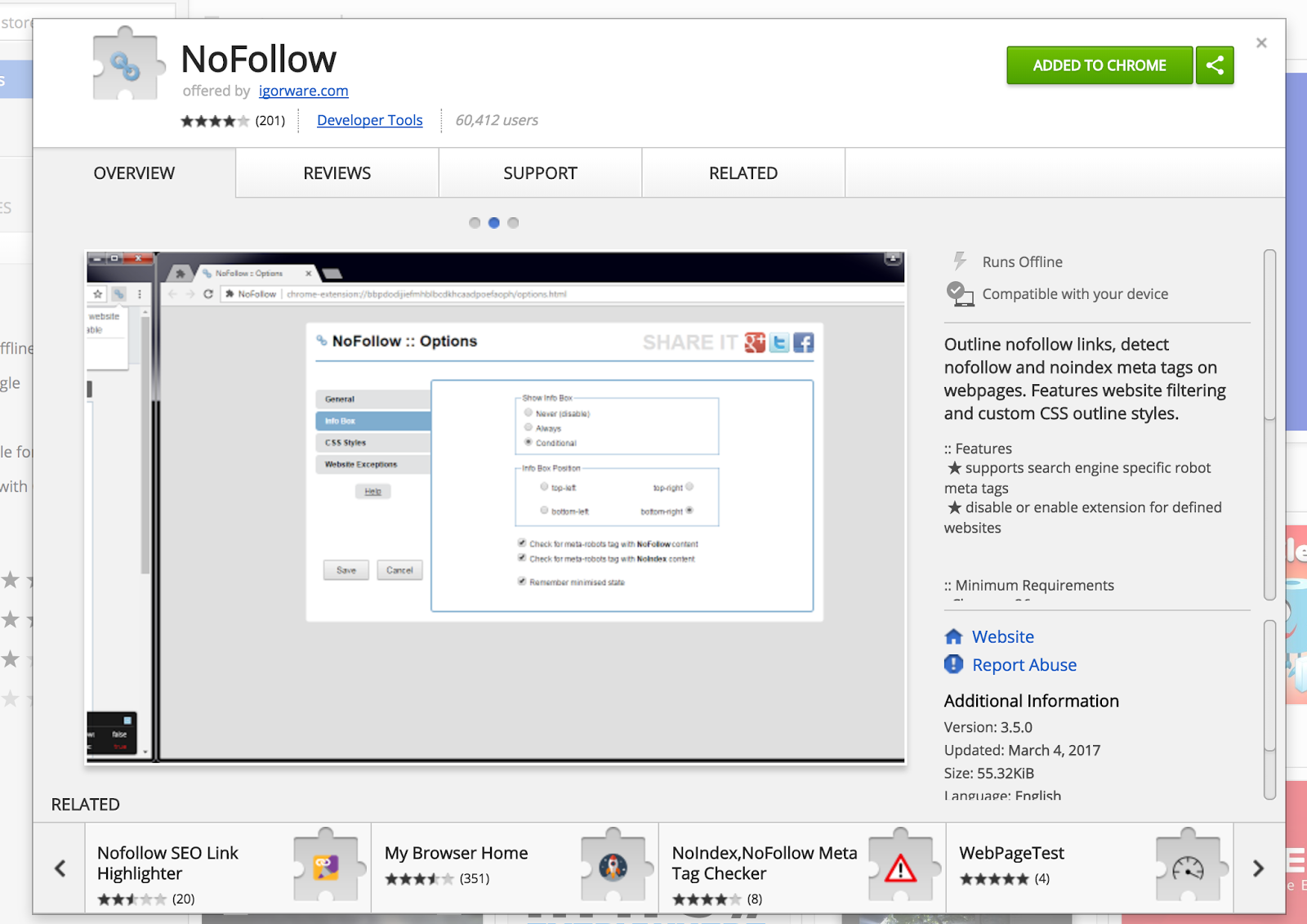


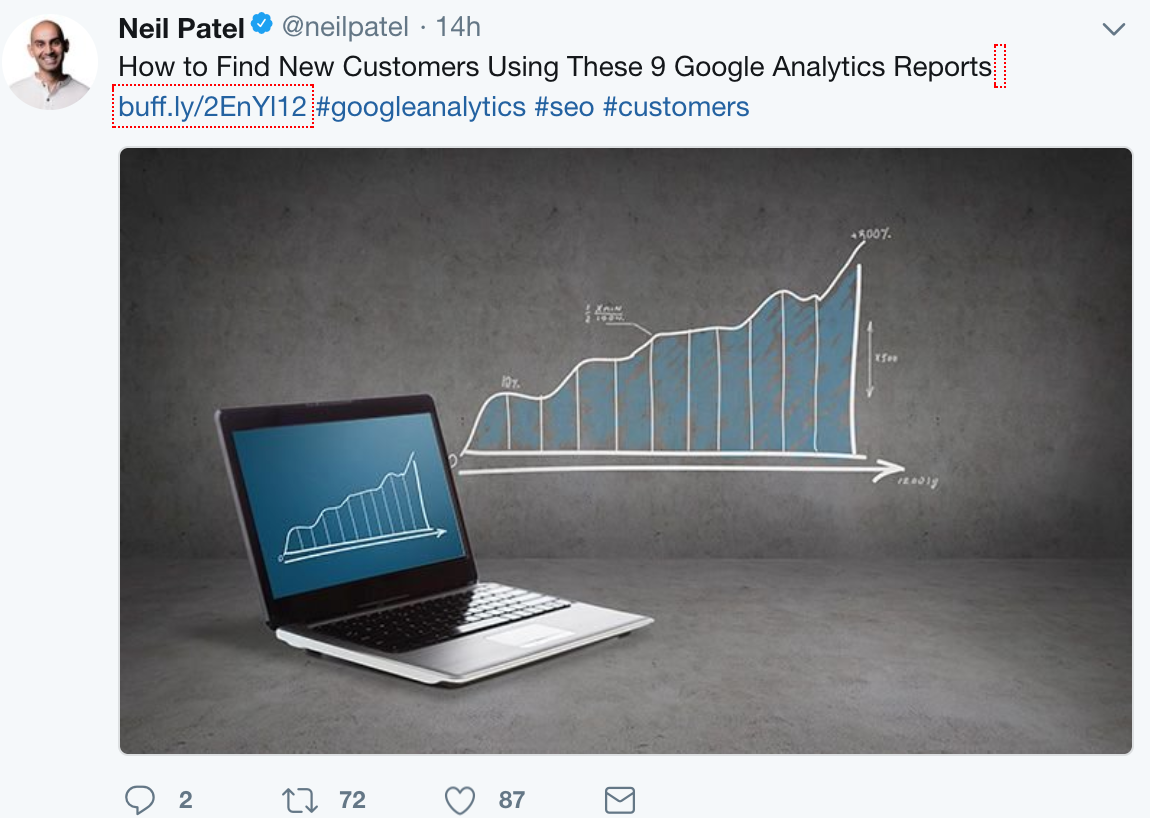

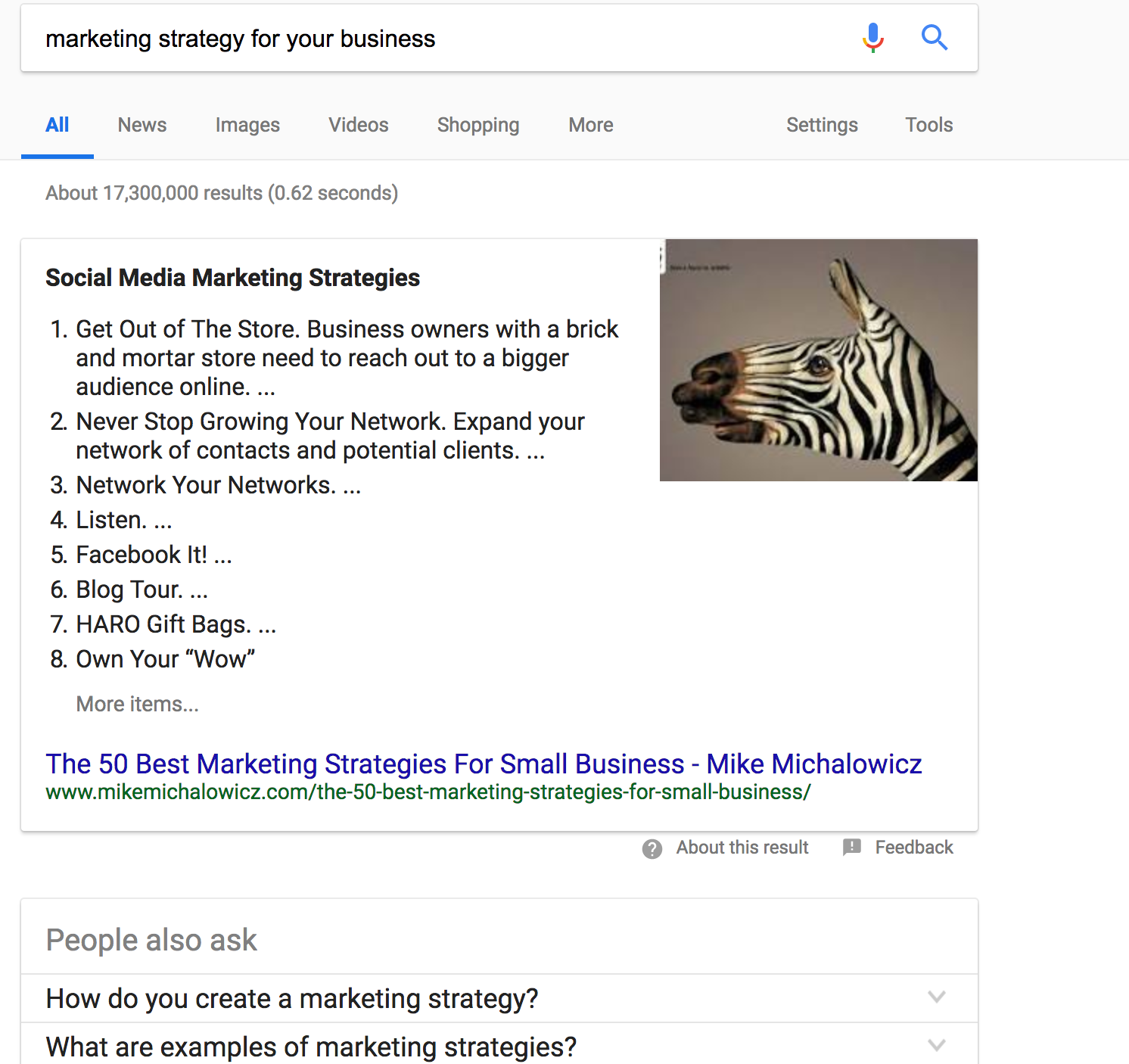









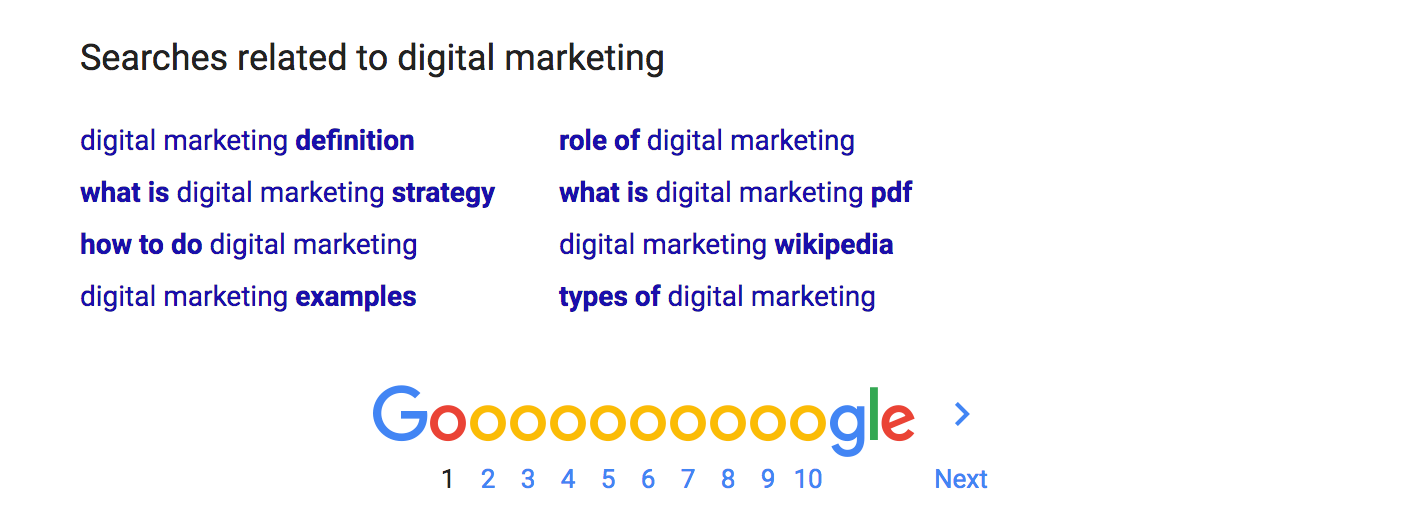
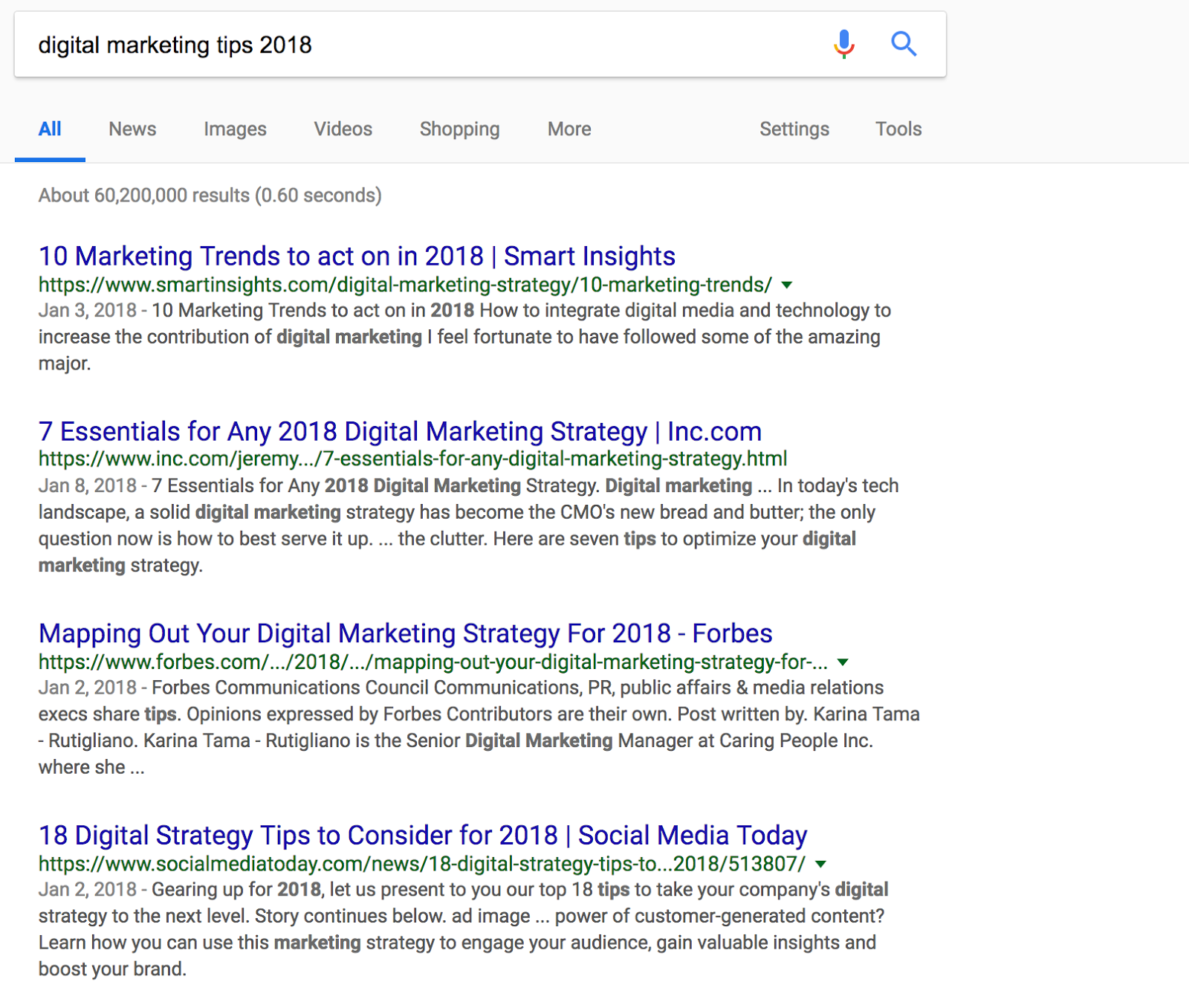
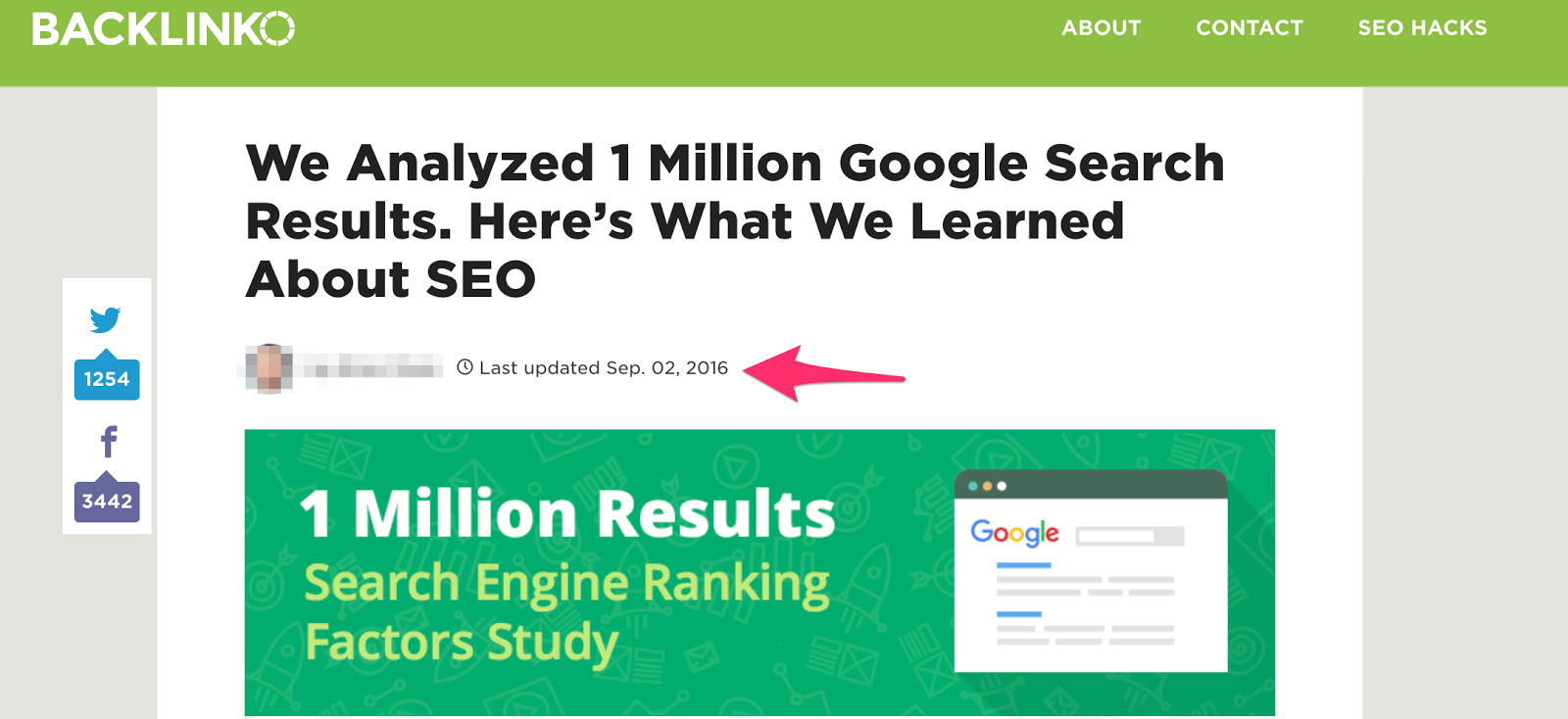
Comments (75)